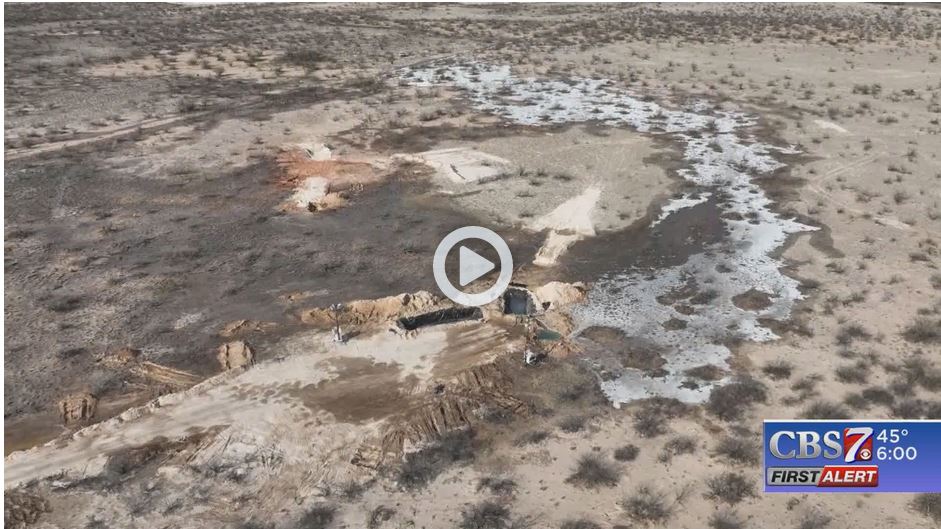This link shows a report from CBS Odessa affiliate about a huge leak of injected water. These events are occurring all over West Texas because the Railroad Commission grants permits to dispose of produced water into shallow formations. Thousands of old wellbores exist in West Texas, some never plugged, some plugged before regulation of wells, some plugged in violation of regulations. The over-pressurized formation breaks into the wellbore, or finds its way to the surface. Until the Commission addresses the problem by properly regulating produced water injection, these problems will only grow. (Click on image to enlarge)





